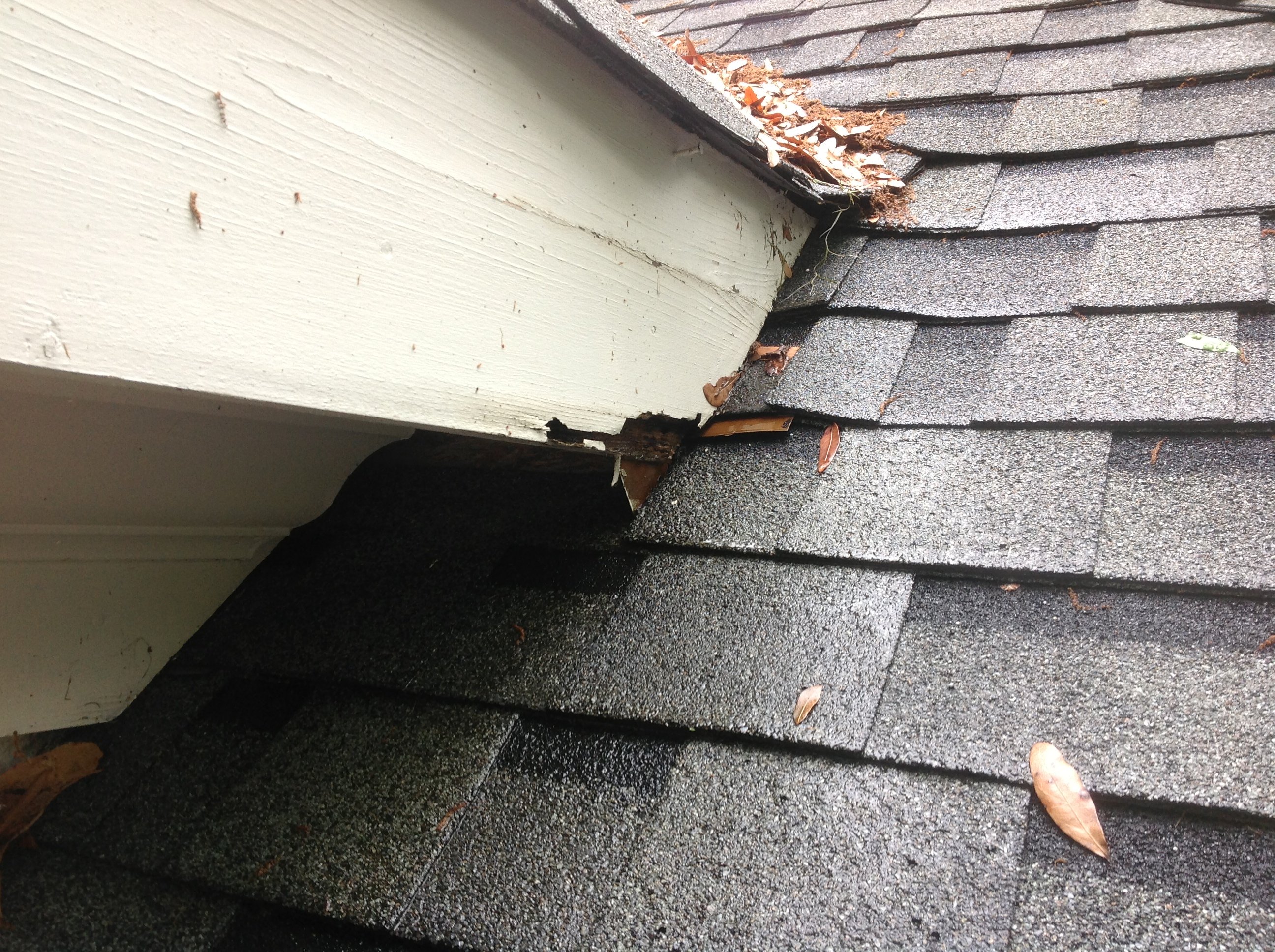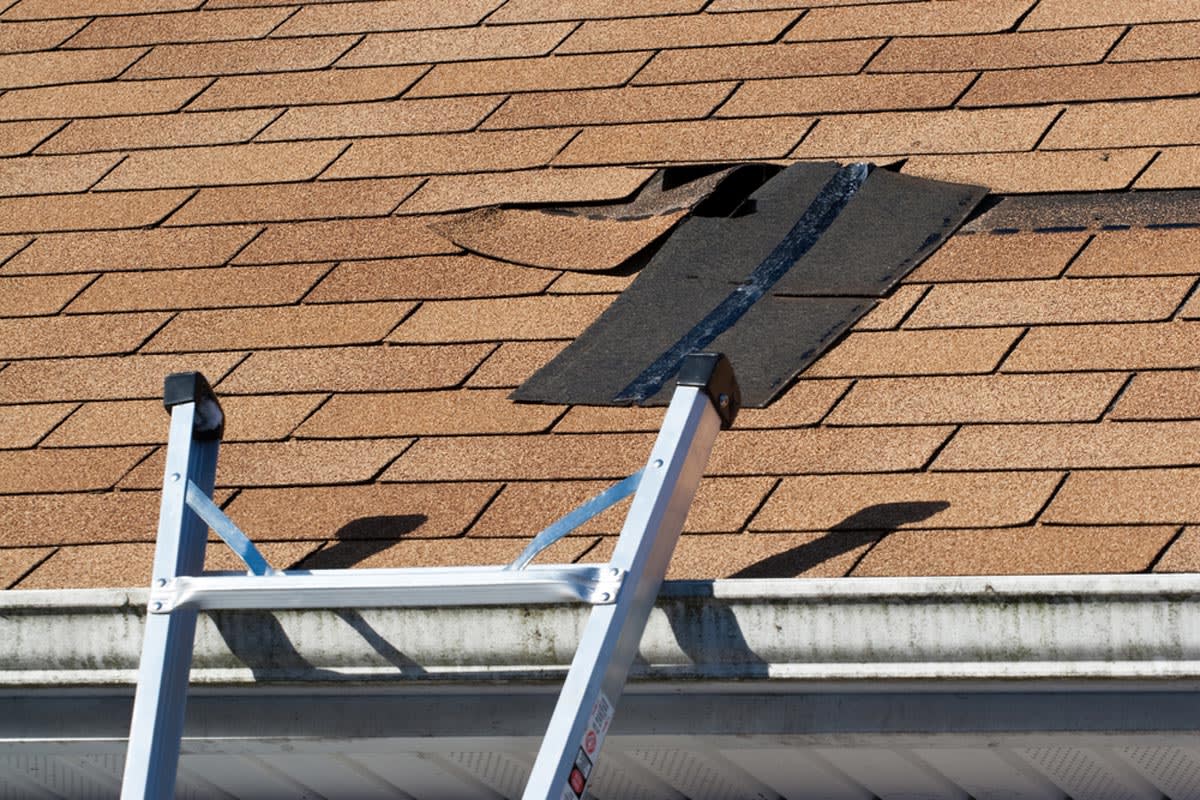Roofing Oahu: Top Quality Providers for Resilient Roofs in Oahu
Understanding the Various Kinds Of Roofings: A Comprehensive Guide for Homeowners
With an array of alternatives-- ranging from the typical gable to the modern flat-- each type presents one-of-a-kind advantages and challenges that should straighten with the property owner's ecological considerations and specific demands. As we discover the complexities of numerous roofing system types, it ends up being evident that one dimension does not fit all; the appropriate option might surprise you.
Gable Roofs
Gable roofings, identified by their triangular shape, are amongst one of the most preferred roof covering styles because of their simpleness and efficiency in losing water and snow. This layout includes two sloping sides that meet at a ridge, enabling efficient drainage and minimizing the threat of water build-up. The steep pitch typically linked with gable roofings enhances their capacity to manage heavy rainfall, making them appropriate for different climates.
In enhancement to their useful advantages, gable roof coverings supply aesthetic convenience. They can be adapted to various architectural designs, from typical to modern-day homes. The layout can likewise fit extra attributes such as dormer windows, which improve all-natural light and air flow in the attic room area.
Furthermore, saddleback roofs give sufficient area for insulation, adding to power efficiency. Homeowners can choose from a range of roofing products, consisting of asphalt shingles, metal, and tiles, even more enhancing customization choices.
In spite of their advantages, gable roof coverings may require added support in areas susceptible to high winds or heavy snowfall. In general, the gable roof covering remains a favored selection because of its blend of performance, sturdiness, and visual allure.
Flat Roofs
Flat roof coverings are often acknowledged for their minimal design and sensible applications, especially in commercial and commercial settings (oahu roofing). These roof coverings feature a straight or virtually straight surface, which enables easy construction and flexible space application. While they may do not have the visual allure of pitched roofings, level roofing systems provide various benefits, specifically in city atmospheres where taking full advantage of area is essential
One of the main advantages of flat roofing systems is their access. Home owners can utilize the roofing room for various functions, such as rooftop gardens, balconies, or photovoltaic panel installations. Additionally, flat roofings are normally more cost-effective to mount and keep contrasted to their sloped counterparts, as they need fewer materials and labor.
However, level roof coverings do existing particular challenges. Appropriate drain is important to avoid water pooling, which can result in leakages and architectural damages. Thus, selecting high-quality waterproofing products and regular inspections are crucial for making sure longevity. Common materials utilized for flat roofs include built-up roof covering (BUR), customized asphalt, and single-ply membranes, each offering distinctive benefits. In general, flat roofings act as a practical and versatile option for several home owners and businesses alike.
Hip Roofs
Hip roofing systems are identified by their sloped sides that assemble on top, developing a ridge. This style stands out from saddleback roofs, as all 4 sides of a hip roof covering slope downwards toward the wall surfaces, supplying a more stable framework. The angle of the inclines can vary, permitting convenience in architectural aesthetics and capability.
One of the main advantages of hip roofs is their capacity to withstand heavy winds and unfavorable weather condition conditions. The sloped surfaces enable better water drainage, decreasing the threat of leakages and water damages. Additionally, hip roofings provide enhanced attic room room, which can be used for storage space or perhaps exchanged comfortable areas.
Nonetheless, constructing a hip roofing can be much more intricate and costly than less complex roof covering types, such as saddleback roofs. The added material and labor entailed in producing the slopes and guaranteeing correct architectural stability can lead to higher costs. In spite of these drawbacks, several property owners favor hip roofs for their resilience, visual allure, and potential for energy performance.
Mansard Roofings
Mansard roofing systems, typically recognized by their one-of-a-kind four-sided style, feature 2 slopes on each side, with the lower slope being steeper than the top. This architectural style, originating from France in the 17th century, is not just visually appealing but functional, as it optimizes the usable space in the upper floorings of a structure. The steep lower slope permits more clearance, making it an optimal choice for attics or lofts, which can be converted right into living areas.
Mansard roofings are defined by their flexibility, suiting numerous architectural designs, from typical to modern. They can be built with different materials, including asphalt roof shingles, slate, or metal, offering homeowners with a series of choices to suit their budget plans and preferences. Furthermore, the design enables the integration of dormer windows, improving natural light and air flow in the top levels.
Nevertheless, it is important to think about the potential downsides. Mansard roofing systems might need even more maintenance because of the complexity of their layout, and their high inclines can be testing for snow and rain drainage. Overall, mansard roofing systems incorporate sophistication with practicality, making them a preferred selection amongst house owners looking for distinct building features.
Dropped Roofings
As home owners increasingly seek simplicity and functionality in their architectural styles, shed roofs have become a prominent option. Identified by a solitary sloping plane, a shed roofing provides a minimalist visual that matches different home styles, from modern to rustic.
Among the key benefits of a shed roofing system is its simple construction, which frequently equates to decrease labor and product expenses. This layout enables reliable water drainage, decreasing the threat of leaks and water damages. In addition, the vertical slope provides sufficient area for skylights, enhancing natural light within the interior.
Shed roofings also provide versatility in terms my link of use. They can be efficiently integrated right into additions, garages, or outdoor frameworks like sheds and pavilions. In addition, this roof covering design can accommodate numerous roofing products, consisting of steel, asphalt tiles, and even environment-friendly roofs, aligning with environmentally friendly efforts.
Nonetheless, it is important to take into consideration local environment problems, as heavy snow tons might require modifications to the roofing's angle or structure. In general, lost roofing systems provide a useful and cosmetically pleasing option for homeowners looking to maximize performance without compromising style.
Final Thought


Gable roof coverings, defined by their triangular shape, are among the most popular roof covering styles due to their simpleness and performance in dropping water and snow. oahu roofing. The high pitch frequently connected with gable roofings boosts site here their capacity to take care of heavy rainfall, making them suitable for different environments
While they may do not have the visual charm of pitched roofings, flat roofs supply countless advantages, particularly in metropolitan settings where making best use of space is essential.
